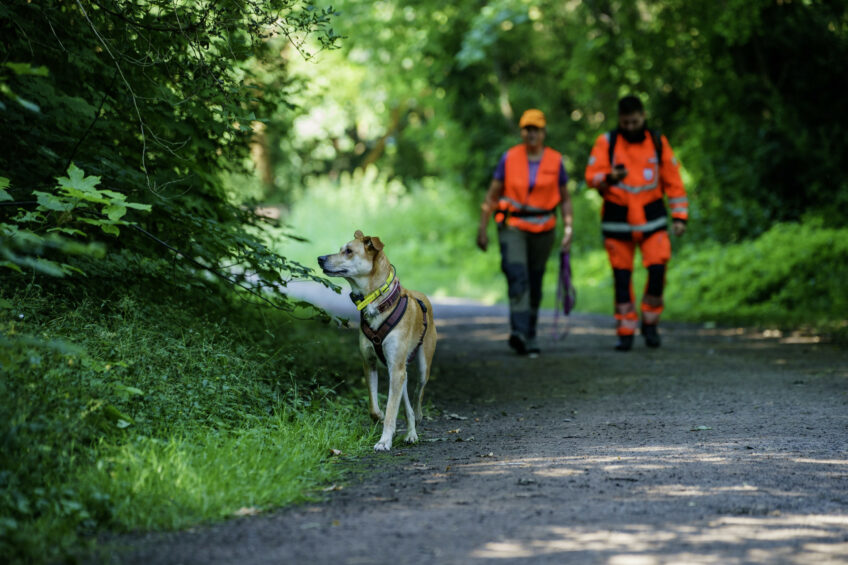The outbreaks in the state Hesse are noteworthy as these constitute the first outbreaks of the virus in wild boar in western Germany, after having been present in wild boar populations near the Polish border for about 4 years. The first outbreaks were found on June 14, 2024.
The infected pig farm is located near the town Biebesheim am Rhein, in the district of Groß-Gerau. The animals were culled under veterinary supervision.
German agricultural title Top Agrar said that on Monday, ASF virus was confirmed at a dead wild boar near Gimbsheim, in the district Alzey-Worms. That would mean that the virus would have crossed the Rhine river and emerged in the state Rhineland-Palatinate. The case has yet to be confirmed by the German reference lab Friedrich-Loeffler-Institut.
Infections with wild boar
With regard to wild boar, the most recent count (July 8) is at 15 confirmed infections in the state Hesse, according to the authorities – out of 123 tested carcasses. The last 2 cases that were confirmed with the World Organization for Animal Health (WOAH) were found on July 2, further to the south, as far as Riedstadt. The distance between the latest discovered carcasses and the original one on June 14 is about 15 km as the crow flies.
Various zones
Following European Union contingency rules, both an inner restricted (core) zone has been established with a 3km radius, as well an outer infected zone with a 10km radius. The latter already got expanded as a consequence of the most recent findings. It now includes parts of the neighbouring state Rhineland-Palatinate as well. In the infected zone are 3,500 pigs in Hesse alone.
The infected zone is in a relatively densely populated area, including Frankfurt-am-Main, Darmstadt, Wiesbaden and Mainz. The last 2 are even entirely inside the so-called infected zone, and so is Frankfurt’s airport. Especially in the inner core zone, all kinds of agricultural limitations apply.
pigprogress.net



